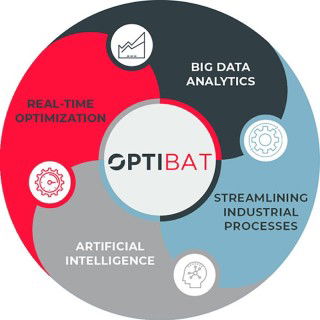Innovative technologies with the potential to make a substantial impact on the future of CO2 emissions reductions from the cement industry are being developed and demonstrated today. With carbon capture, utilisation and storage (CCUS) considered to be one of the most practical methods to achieve deep decarbonisation, Canada-based Svante discusses its involvement in advancing CCUS solutions for the cement sector. By Svante, Canada.
The global population is facing an urgent need to achieve ambitious reductions in carbon emissions. The industrial sector, being the third-largest sector of emissions from existing assets (behind electricity and coal-fired power plants), has an opportunity to make a significant impact in the fight against climate change. Approximately 70 per cent of CO2 emissions from the industrial sector come from the main heavy industries of chemicals, steel and cement, and demand for their products is continuing to increase. Technological innovations and investments in potential solutions such as carbon capture, utilisation and storage (CCUS) need to happen now to achieve the net zero targets set for 2050. Swift action is essential, as the lifetime of emissions-intensive assets in industry (such as cement kilns) averages about 40 years, meaning these critical decisions are now only one investment cycle away.
